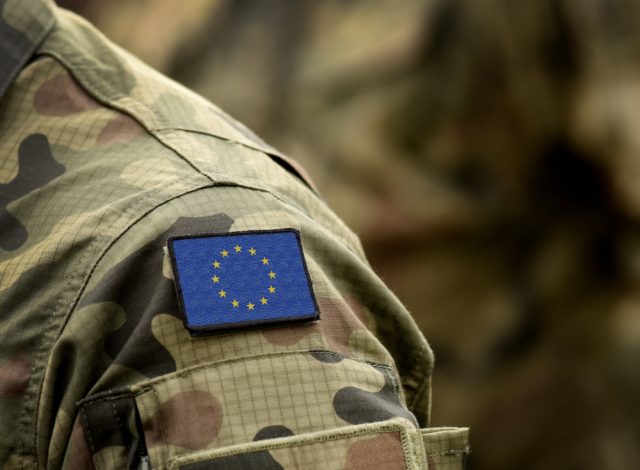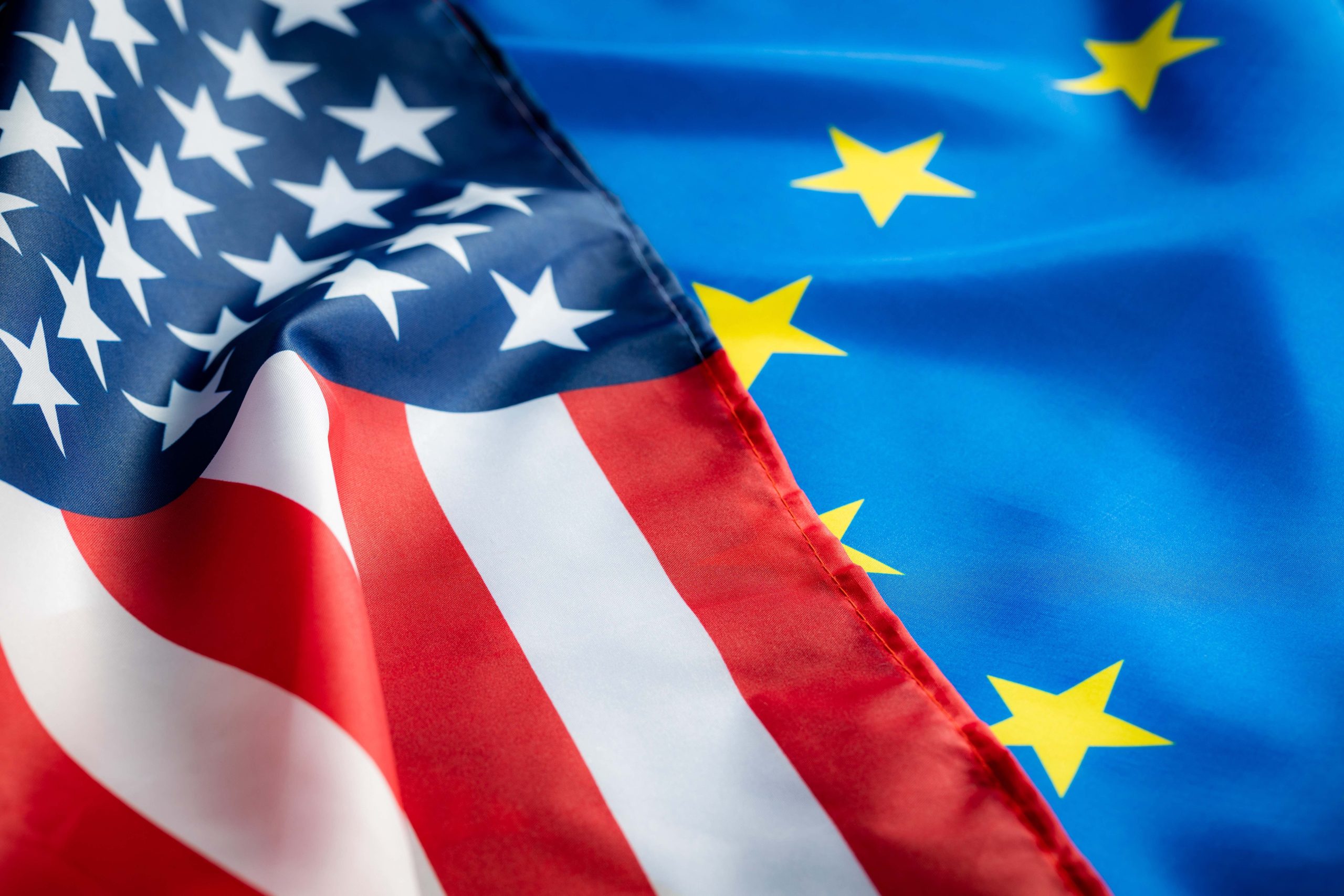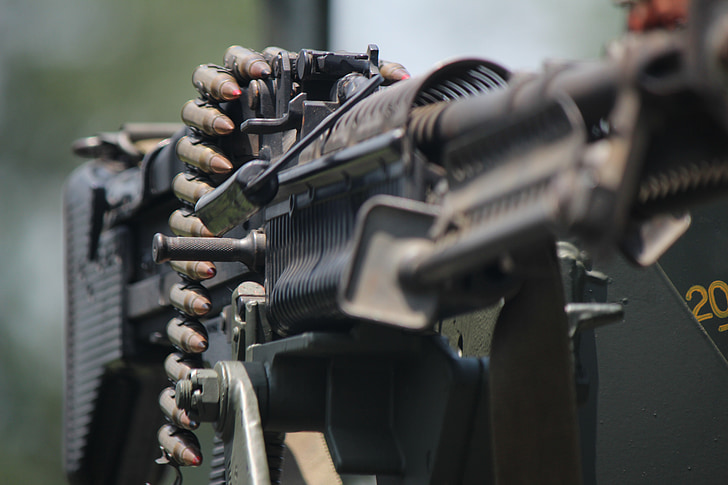
The differences between the US and the EU on economic, technological and defence development – i.e. areas of strategic power – which even French President Emanuel Macron has recently spoken about – have become apparent in the context of the Russo-Ukrainian war, where the tone has been set by Washington from the outset. The lack of the necessary means for European defence to achieve strategic autonomy seems to be causing concern in some European capitals, but not enough to make talks on setting up an EU army, which have stopped at the creation of a rapid intervention battalion of a few thousand men, resume on a note that would make the project a reality.
The issue was addressed recently in an editorial in Le Monde, the author of which, Alain Frachon, concluded that European defence has no means for strategic autonomy and that, since the start of the war in Ukraine, Washington has systematically been in charge.
The Le Monde columnist refers to the findings of a study published in April by two researchers at the European Council on Foreign Relations (ECFR) – “The Art of Vassalization” – that the war in Ukraine has revealed an increasingly unbalanced situation between the two NATO blocs. According to the study, the situation of Europe’s vassalage towards the US has several causes.
US sets the tone in the arms industry
The EU is channelling significant civilian and military aid, providing multiple assistance to Kiev, taking in refugees, sanctioning Moscow and, in particular, has taken the decision, as strategic as it is radical, of an embargo on gas and oil imports from Russia. Their political support is strong, with European leaders often going to Kiev to show their support. Eventually, the Europeans decided to make the relationship with Ukraine a long-term one, and the country is now a candidate for EU membership. But until today, in all this tragedy, the United States has set the tone. The Americans were the first to announce that Vladimir Putin was going to war. They have determined, at every stage, the level of weaponry that could be delivered to Ukraine. They are sending to the battlefield, in real time, the information the Ukrainian defenders need. The crisis is unfolding in much the same way as during the Cold War: it is being managed, by and large, by the Americans. And that’s because the Europeans have not yet developed the tools for the beginnings of strategic and, by implication, military autonomy.
So when they meet the United States for the North Atlantic Treaty Organisation summit in Vilnius, Lithuania, the European allies will find themselves in a vassal position – more dominated than ever by the Americans, say the study`s authors. The authors – Jana Puglierin and Jeremy Shapiro – recall the episode when German Chancellor Olaf Scholz didn’t want to “go alone” and didn’t send the Leopard 2 to the Ukrainian front until they were accompanied by American tanks and wonder:
“Why did it take a green light from Washington? Why did Europe’s largest economy need to take out an insurance policy in the United States?”
And, last but not least, they point out: why, in a crisis on European soil, did the greatest military assistance to Kiev have to come from Washington?
According to the study cited, the primary cause of Europe’s vassalization is economic. In 2008, the EU economy outpaced that of the United States: $16 trillion compared to less than $15 trillion across the Atlantic. In 2022, the US GDP stands at $25 trillion and the EU and UK combined at just $19.8 trillion. As a reserve currency and in international trade transactions, the euro is falling against the dollar. Then, compared to the US defence budget, the European one – i.e. the 27 together, plus London’s – loses ground. From 2008 to 2021, America has increased its annual defence spending from $685 billion to $801 billion; in the same period, the defence budgets of EU states plus the UK have increased from $303 billion to $325 billion. In conclusion, Europe has lagged behind in all areas of strategic power (economy, technology, defence).

When the war is over in Ukraine, America will return to its strategic priorities: Asia. This makes the – difficult – struggle for greater strategic autonomy for the Old Continent all the more important, concluded the Le Monde analyst.
European army project politically blocked
The main lesson the EU learned after the Afghan fiasco was that it could no longer count on the US – especially since former White House leader Donald Trump had announced at the start of his term that he would withdraw US troops from the old continent, especially Germany) – and that a European army was needed. Or at least a “rapid reaction force” of several thousand troops. And the target is 5,000 men, initially.
The “European Army” was a project initiated by France, but its implementation would depend on Franco-German collaboration. At the height of the debate on the subject, German Defence Minister Annegret Kramp-Karrenbauer in former Chancellor Merkel’s cabinet warned that she did not want such efforts and initiatives to militarily and strategically separate Europe from the US. NATO, for its part, views France’s attempts to push for the creation of a European army with great suspicion, the first objection being that it could lead to the creation of parallel military structures made up of the same states that would be de-linked.
Franco-German military cooperation independent of NATO goes back a long way, beginning with the initiative of Francois Mitterrand and Helmut Kohl to create an army corps, a Franco-German brigade, which over the years has evolved into the so-called “Eurocorps”. The Eurocorps, which is based in Strasbourg, involves several EU countries, but not the Netherlands and the Scandinavian countries, and only Poland among the Eastern European countries. Britain never wanted to participate in it while it was in the EU.
The European army project has been politically blocked over the years, mainly because of opposition from NATO, specifically Washington and London, which feared that an EU military structure would weaken the North Atlantic Alliance – NATO. But it was revived in 2017 after Brexit and Macron’s victory in France. The Rapid Reaction Battalion is practically the first concrete attempt to implement this project. National ambitions for common security vary enormously from country to country. Four countries out of the 27 EU members are neutral countries, the effect of arrangements since the end of World War II: Austria, Cyprus, Malta, Ireland. With the Russian invasion of Ukraine, Finland and Sweden – also neutral – have started to seek membership in the face of frequent Russian provocations, which have repeatedly tested Swedish and Finnish airspace.

So far, European leaders have received a clear public message from Washington: defence spending needs to be increased. Even NATO Secretary General Jens Stoltenberg has said several times this year that he expects member countries to increase their defence spending. An analysis by Politico Europe shows that beyond public statements, there is another message in private discussions that is equally clear to Europeans: make sure that a large part of the extra defence spending goes to weapons coming from the US. While the US wants Europe to buy American weapons, EU leaders have other ideas and hope to develop their own industries.
“We must develop a truly European defence technological and industrial base in all the countries concerned and deploy fully sovereign equipment at European level,” French President Emmanuel Macron told at the GLOBSEC conference in Bratislava.
Macron also said that Europe should not rely solely on the US for protection, although he acknowledged that American support in money and material was crucial to forming a credible front against Russia.
“Let us be grateful and thank the United States. But is this administration here forever?” Macron wondered, alluding to the prospect of the 2024 US presidential election.
“This is why a European defence pillar in NATO is indispensable,” the French leader said.
But while the Elysee leader advocates stronger European autonomy within the alliance, many Central and Eastern European countries are sceptical about such an idea, because for them, NATO is the last bastion against the constant threat from Russia.
There is, some commentators argue, an uncomfortable fact for advocates of European strategic autonomy: when it comes to arms, Europe is still dependent on the US. While European companies have long experience in the defence sector, building everything from France’s Rafale fighter jet to Germany’s Leopard tank and Poland’s Piorun man-portable air defence system, the scale of the US arms industry and its technological innovation make it attractive to European arms buyers. The most desirable weapon is the F-35 Joint Strike Fighter, built by US company Lockheed Martin and costing $80m. There is also a growing demand for portable missiles and artillery shells. And “after Russia’s invasion of Ukraine, European countries want to import more weapons at a faster pace,” says a report by the Stockholm International Peace Research Institute (SIPRI).
Five US giants monopolise world defence industry rankings
Five American giants continue to monopolise the top positions in the world defence industry rankings. Lockhead-Martin (F-35 fighter jets, missiles) consolidated its top spot with $58.2 billion in arms sales, ahead of Raytheon Technologies, the new number two after a merger, followed by Boeing, Northrop Grumman and General Dynamics. BAE Systems of the UK is the top European company (6th in the top), the next European manufacturer being Airbus (11th place). Three Chinese companies are ranked 7th, 8th, and 9th (Norinco, Avic and CETC). 10th place goes to L3Harris from the US. Unlike other sectors, the arms industry has avoided the pandemic crisis and remains on an upward trend. But while the US giants have thrived, there have been some exceptions: French and Russian arms companies.



 Subscribe
Subscribe